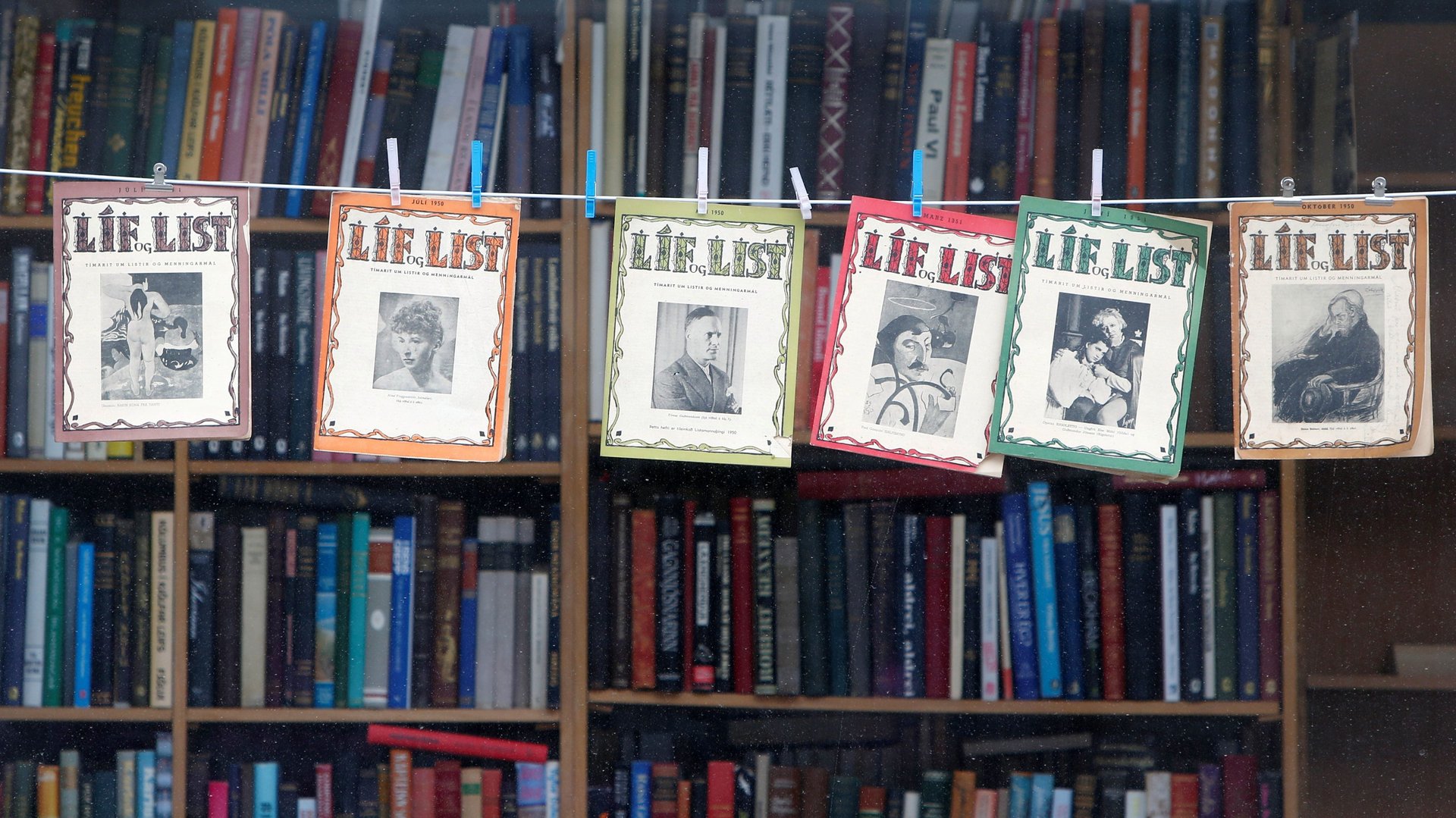Smartphones are endangering Iceland’s love of books
Every holiday season, publishers in Iceland prepare for jólabókaflóðið, the traditional Christmas book flood.


Every holiday season, publishers in Iceland prepare for jólabókaflóðið, the traditional Christmas book flood.
The jólabókaflóðið, in which Icelandic publishers release most of their new books in the months before Christmas, traces back to 1944, when Iceland gained independence from Denmark. Paper was one of the few goods not rationed on the island, making books a popular gift.
But that tradition is struggling to hang on in the increasingly digitized world. Icelanders aren’t buying nearly as many books as they used to.
From 2010 to 2017, book sales in Iceland dropped 43%. In August, Iceland Monitor reported that book sales had fallen another 5% from the same period in 2017.
“The alarming profile we published a year ago has gotten quite a bit worse,” Egill Örn Jóhannsson, CEO of publishing company Forlagið, told a local news outlet, according to Iceland Monitor.
Icelanders are also reading less than they used to. According to a recent poll in Iceland cited by the Guardian, 13.5% of respondents said they hadn’t read a single book in 2017, compared to 7% who claimed to have read zero books in 2010. The poll also found that 42% of Icelanders didn’t receive a book for Christmas, stemming the Yuletide flood.
The number of books published in Iceland has declined steadily since 2011, according to data from Statistics Iceland, a government agency.
One popular theory as to why Icelanders are reading less is that other things—mainly, smartphones and the internet—are consuming their attention. From 2010 to 2016, data usage on smartphones and tablets increased 38%. That said, e-book sales grew rapidly in 2017.
Last year, Iceland’s minister of education, science, and culture appointed a committee to study the state of book publishing in the country.